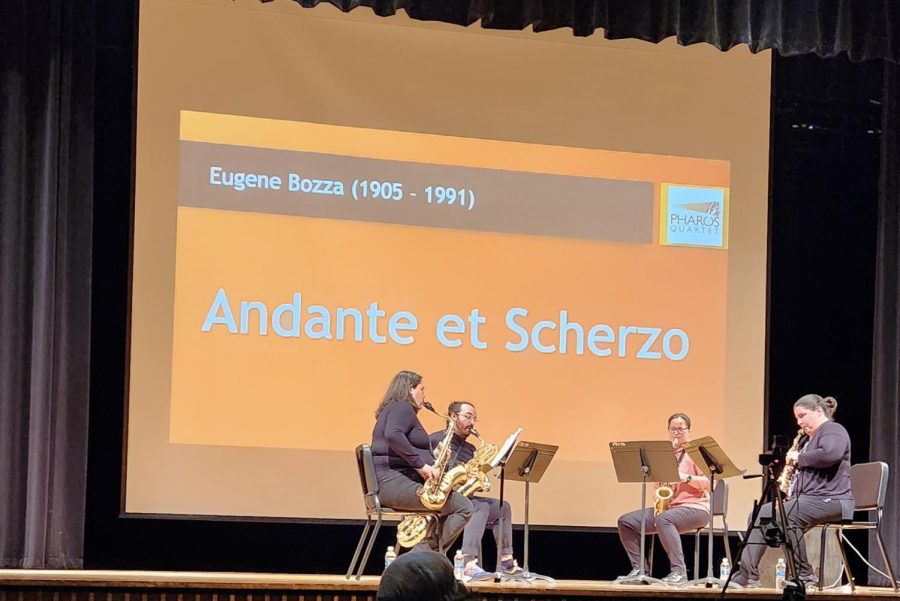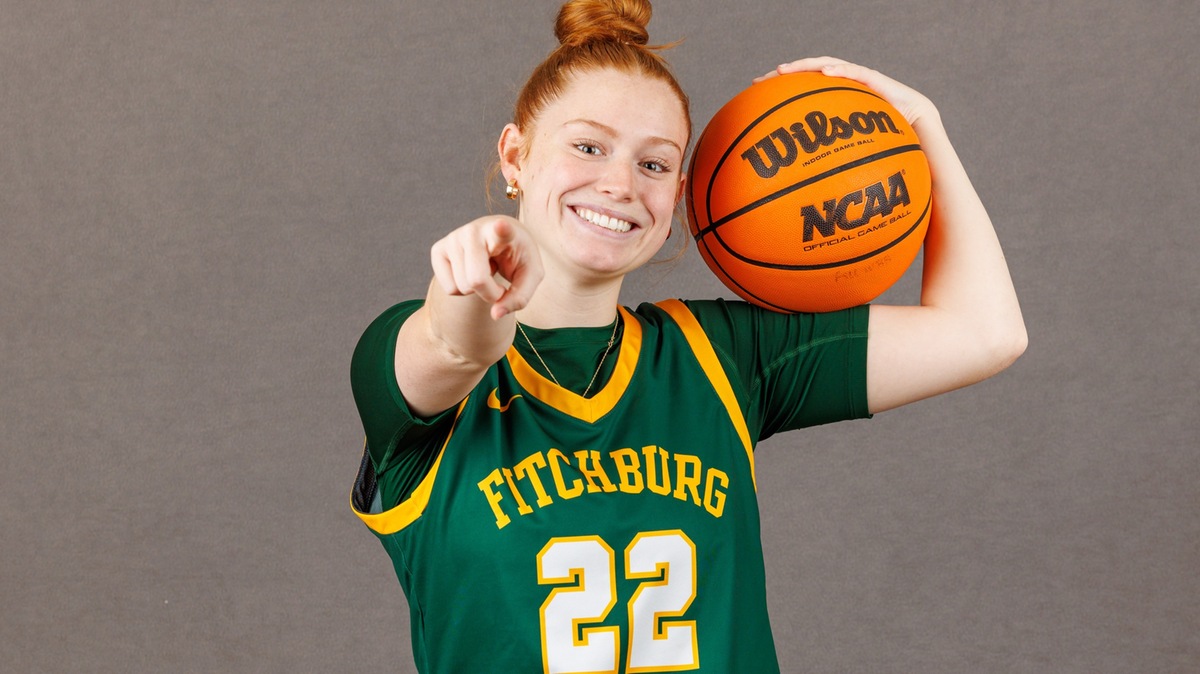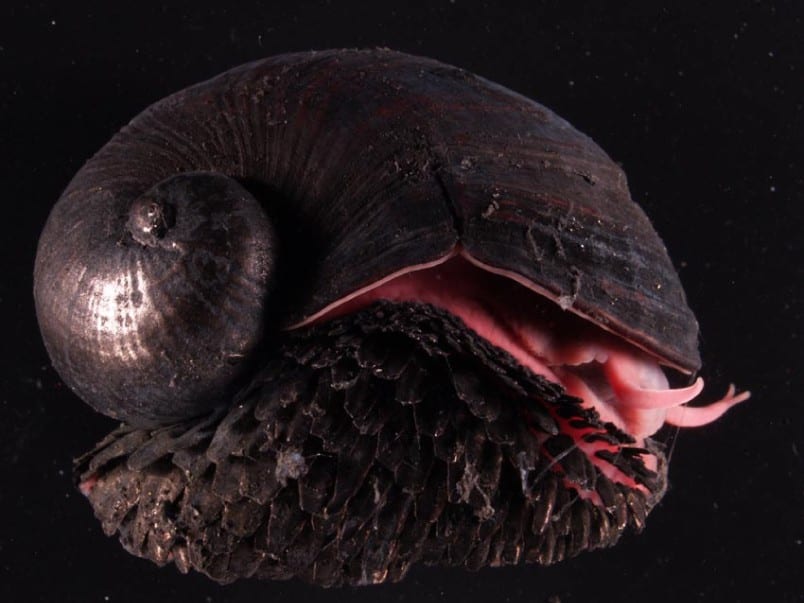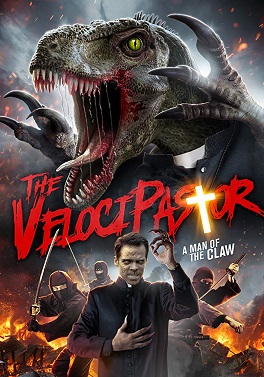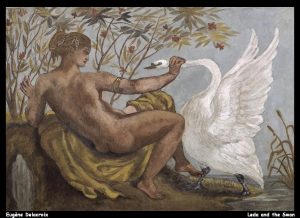The Pharos Quartet Perform Their Greatest Hits at Fitchburg State
November 15, 2022
Fitchburg State welcomed the musical collaborative Pharos Quartet for a powerfully captivating saxophone performance at 7 p.m. Monday, Oct. 7 in the Weston Auditorium.
Based in Boston, the Pharos Quartet is a group formed by four professional New England saxophonists: Jennifer Bill, Amy Mcglotin, Emily Cox, and Zach Schwartz. In order from the highest to lowest pitch, the saxophones used in the Pharos Quartet include the soprano, alto, tenor, and baritone.
The distinctive coalescence of expressions, ideas, and styles new and old unites the quartet into seemingly a new style in itself. Presenting a variety of music pieces from today’s musicians to notable composers of the past, the vivid repertoire is sure to feed even the most demanding stomachs of the world of saxophone enthusiasts.
We were able to speak with a few of the quartet members before the show to get a little background on the anatomy of Pharos.
Emily Cox, the tenor of the quartet, tells us how the four members met: “I went to Boston University with Zach and Amy, and at the time, Jen, who plays soprano, was mine and Zach’s teacher. After we graduated, we all kind of came back together.”
When Pharos Quartets’ Amy Mcglotin began teaching here at Fitchburg State as an Assistant Professor, Cox pondered whether it would be a great idea to bring their orchestra to campus.
“We’ve all gone through conservatory experiences ourselves,” Zach Schwartz told us, “Jen and Amy have gone through all the way to their doctorates in music, and Emily and I both have our master’s degrees in performance.”
Pharos has had shows all over Boston, Rhode Island, Virginia, Ohio, and Pennsylvania.
The Pharos Quartet put together their greatest hits from prior concerts over the span of six years, from the oldest works of notable artist Eugene Bozza to Boston University’s professor in music theory John H. Wallace, who made an in-person appearance as the quartet performed his original piece “Summer Mosaics.”
Wallace spoke on his piece in a brief video that plays before the performance: “Scale fragments in the Phrygian mode and rapid arpeggiation figures permeate the texture, leading to an explosive conclusion.”
Before the concert, Wallace told us that this piece was one of the most “jazz/pop-oriented pieces I’ve ever written”, which definitely matches Pharos’ theme of amalgamating various music genres to keep compositions fresh and lively for audiences young and old.
The turnout for the quartet was compact but lively, with primarily older music enthusiasts, friends and family of the quartet, and students.
For the last two performances, Pharos played “Chasing Baby Bumblebees” by Stephen Beck, and “Mary Shelley Meets Frankenstein” by Erika Svanoe.
The first of the two final compositions is “Chasing Baby Bumblebees.” In Stephen Beck’s introductory video, he talks about his childhood home, where ice plants covered a big hill nearby, attracting a large population of bumblebees.
“I was fascinated by bumblebees. It was not uncommon for me to wander up into the backyard, and put my hand out and try to coax a bumblebee to land on my hand. That is until one stung me.” Beck paused with his hand out before slapping it with his other hand, resembling the sting of a bumblebee. “And that’s how I got the name, ‘Chasing Baby Bumblebees’.”
Beck’s composition included parts where the quartet would use their saxophones to make a loud “pop” sound, likely to resemble the feeling of a bee stinging Beck’s hand.
The last composition imagines a fictional meeting between Mary Shelley and her famous creation, Frankenstein’s monster. Svanoe published this piece in 2014. In her composer introduction video, Svanoe stands in a Dr. Frankenstein-inspired lab coat and goggles, as she tells the story within her piece.
“Mary Shelley Meets Frankenstein imagines the scenario where the young author meets her own creation, the monster brought to life, whom we commonly refer to as Frankenstein. They meet, circling each other in a dance reflective of a tango. Mary is initially curious and sympathetic, while the creature pleads for compassion. At the moment when the two come together, Mary’s sympathy is overwhelmed by horror, and begins to panic, while the creature becomes furious with her rejection. With the final notes, we are left asking ourselves… Who is the real monster?”


